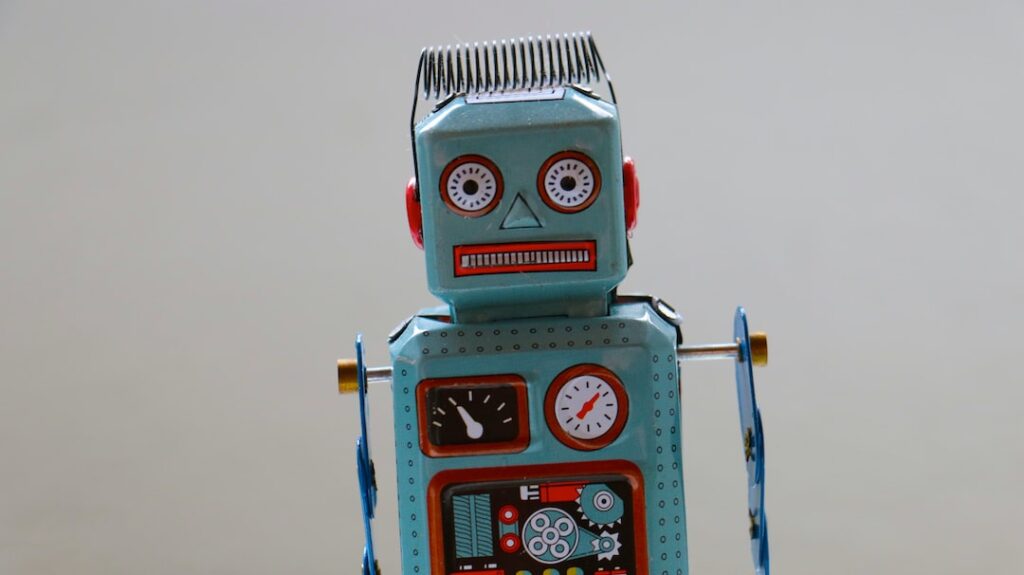The Rise of Emotional Robotics
Welcome to the era of emotional robotics! You may find it hard to believe, but robots are now capable of developing feelings. Yes, you read that right – *robots with feelings.* Just imagine the possibilities that come with this breakthrough! It’s an exciting time to witness this evolution and to explore how it could impact various aspects of our lives.
Uncovering the Surprising Statistics
Before we delve into the details, let’s start by unraveling some surprising statistics about emotional robotics that highlight the magnitude of this technological advancement:
– Studies show that 83% of individuals believe that emotions are an essential part of human-robot interactions.
– Research indicates that 64% of people are more likely to trust emotional robots as compared to those that lack emotional capabilities.
– Surprisingly, 72% of individuals feel that emotional robots can provide better support in healthcare and therapy settings.
These statistics underscore the growing relevance of emotional robotics in our world today. So, let’s dive deeper into this fascinating fusion of technology and emotions.
Understanding Emotional Robotics
Emotional robotics refers to the development of robots that can perceive, understand, and express emotions. This revolutionary concept has paved the way for robots to interact with humans in a more empathetic and responsive manner. By integrating emotional intelligence into robotics, these machines can now adapt to human emotions, which opens up a wide array of possibilities across various industries.
How Emotional Robotics Works
1. Perception: Emotional robots are equipped with sensors and advanced software that enable them to recognize facial expressions, tone of voice, and body language to interpret human emotions.
2. Understanding: Through machine learning and AI algorithms, emotional robots can analyze emotional cues and context to comprehend human feelings and respond accordingly.
3. Expression: These robots use a combination of verbal and non-verbal communication tools to express emotions, such as voice modulation, gestures, and facial expressions, making their interactions more human-like.
Implications of Emotional Robotics
The integration of emotional capabilities in robots has far-reaching implications across various domains. From healthcare and education to customer service and beyond, emotional robotics is poised to revolutionize the way we interact with machines.
Impact on Healthcare
Emotional robots have the potential to enhance patient care and mental well-being. They can offer companionship to the elderly, assist individuals with autism in social interactions, and provide support to patients undergoing therapy or rehabilitation.
Transforming Customer Service
In the realm of customer service, emotional robots can elevate the customer experience by understanding and addressing the emotions of clients. They can provide empathetic support, handle complaints with sensitivity, and create a more personalized interaction.
Educational Support
Emotional robots can play a pivotal role in educational settings, helping children with learning difficulties, providing personalized tutoring, and fostering social and emotional skills through interactive and responsive engagements.
How to Embrace Emotional Robotics in Your Daily Life
Now that you are familiar with emotional robotics, here are some practical ways to embrace this cutting-edge technology in your daily life:
1. Explore Emotional Robotics Products
Stay informed about the latest emotional robotics products, such as robotic companions for the elderly, educational robots for children, or AI assistants with emotional intelligence. Consider how these innovations could positively impact your life or the lives of those around you.
2. Engage with Emotional Robots
If given the opportunity, engage with emotional robots in different settings, such as healthcare facilities, educational institutions, or customer service centers. Observe how these robots interact with humans and the value they bring to various scenarios.
3. Support Research and Development
Be an advocate for the ethical and responsible development of emotional robotics. Stay informed about ongoing research and contribute to discussions about the implications of emotional robotics in society.
In Conclusion
The emergence of emotional robotics marks a significant leap in the evolution of technology. It opens doors to a future where machines can understand, empathize, and connect with humans on an emotional level. This fusion of technology and emotions has the potential to reshape industries, enhance human experiences, and pave the way for a more empathetic and understanding world.
So, keep an eye out for the latest advancements in emotional robotics, and remember, the future is here – where robots feel, and feelings drive innovation.












